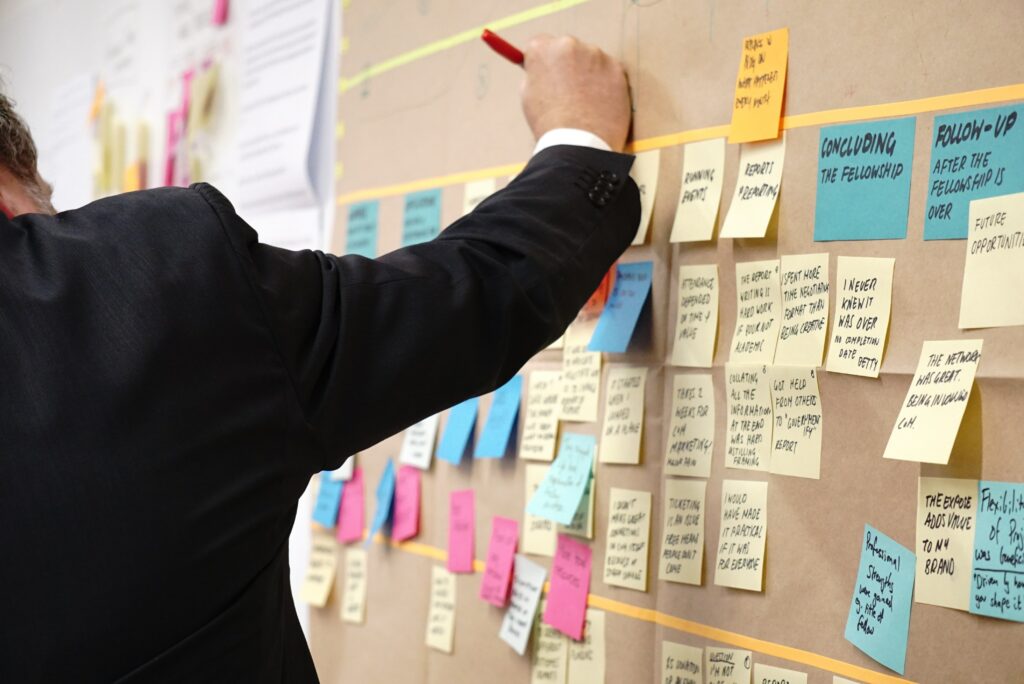“I need to hire more people…” was my client’s lead-in
“To do what?” was my follow-up
“Well…”
“So what does your organization do that delivers value to your customers, and how does it accomplish that?
My client was reacting to the obvious symptom – customers less than satisfied, and things not on time.
After a brief exploration of the workflows, the analysis pointed to:
- some support activities that needed shoring up
- opportunities for eliminating some non-value-added work
- changing the sequence of some of the work
- training and re-assignment
- some actual hiring, but less, and not where they had thought

We continue to be impressed with the tremendous value that organizations gain from the relatively small effort to map and analyze the workflows that create the value delivered to their customers.
So what does your enterprise reap from this? Measurable or “Hard” benefits:
- Happier customers
- Efficiency – better utilization of your workforce
- Stability – more reliable and repeatable processes
- Scalability – anticipate what growth could look like – personnel, equipment, facilities, etc.
- Streamline / Automate as appropriate
The human part, “Soft” benefits –
- Associates learn more about the flow of work around them
- Build capability – associates can learn some process design principles and think about what might improve the process in an orderly (not haphazard) fashion
And this bit of work provides a basis for:
- process metrics – measure performance, throughput, timeliness, efficiency, etc.
- process Instructions (aka “Standard Work”) for training and repeatability
- building Job Descriptions and preparing for their evolution
So, how do you go about understanding your Value Streams?
Let’s tell that story with some articles we’ve written:
The Processes – The Work And Tools That Deliver The Value
Visualizing the Flow of People and “Things” – the Spaghetti Diagram
Watch for our next article, which will give insight into our best practices for data gathering and preparation for data analysis.

